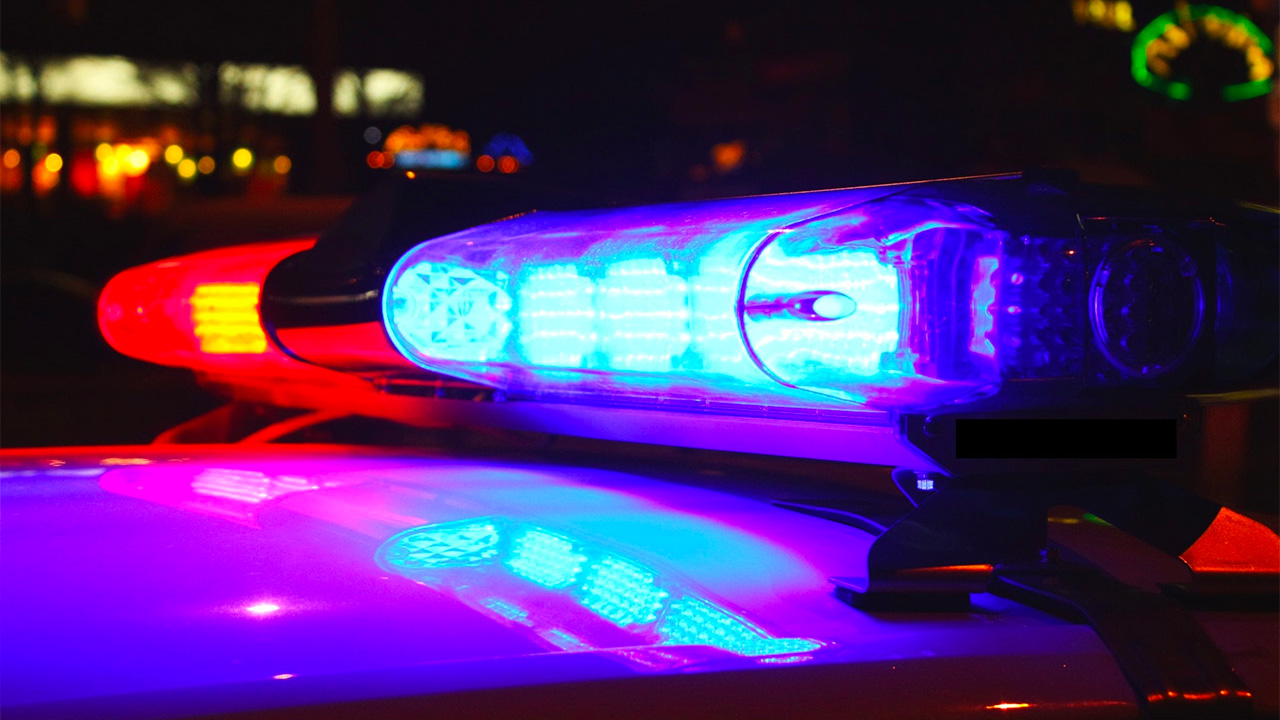
E911 compliance doesn’t need to be a hassle. I’ll show you what’s involved for Cisco UC On-Prem and Calling for Microsoft Teams so you don’t have to figure it out on your own or risk choosing the wrong solution.
What is E911 Compliance and when does it go into effect?
In a nutshell, all US companies using multi-line telephone systems (MLTS) must comply with new FCC 911 calling regulations since January 6, 2022.
In August 2019, the FCC adopted two new federal laws which are now in effect with updates coming as well.
- Kari’s Law requires 911 Direct Dialing from any desk, mobile, or softphone without having to dial extra numbers, like 9, to reach an outside line. In addition, a notification must be sent to the front desk, security, and/or administrative personnel when 911 is dialed. Effective: February 16, 2020.
- RAY BAUM’s Act requires all 911 calls have a Dispatchable Location, which includes Street Address, Floor, and Room Number or Zone. Effective: January 6, 2021, for fixed phones (ie. wired desk phones), and January 6, 2022, for non-fixed phones (softphones and wireless phones) and off-premise 911 calls for remote workers.
How to become compliant without the hassle
If you are a Cisco UC on-prem customer, we can help you design, procure, deploy, and support Cisco Emergency Responder (CER) and Intrado or Redsky Emergency Call Routing Services.
CER identifies the location of the caller from within the company’s network using switch port mappings, IP subnet mappings, or WIFI location tracking. Using the location information, CER generates the notifications required by Kari’s Law for local security personnel and routes the call to the Public Safety Answering Point (PSAP) closest to the caller.
For enterprises with centralized PSTN circuits, CER will route the 911 call through the Intrado Emergency Routing Service or Redsky E911 for Cisco Emergency Call Routing Service to reach the appropriate PSAP, since most centralized PSTN circuits can only dispatch emergency calls to their local PSAP (based on the circuits’ termination address).
For remote workers or off-premises users, Intrado or Redsky services are also required to update the address of their location in the emergency database. Software installed on the user’s workstation detects when it is connected to a new network and prompts the user to input their new address.
Customers with an active Cisco Collaboration Flex subscription have access to CER at no additional cost.
What if I’m using Microsoft Teams?
Microsoft Teams Phone System also supports E911, but proper configurations need to be applied to be fully compliant with the new legislation. This configuration can vary depending on whether the environment uses Microsoft Calling Plans, Operator Connect, or Direct Routing for PSTN access.
For Direct Routing specifically, MS Teams emergency call routing policies will define emergency numbers and their associated routing destination, as well as the type (chat or voice conference) and destination of emergency call notifications. The Direct Routing provider will also need to support Emergency Routing Services, leveraging the location information (PIDF-LO) provided by MS Teams and attached to the emergency call.
And speaking of location information, this is determined natively by MS Teams, through integrations with network elements (subnet, switch port, wireless BSSID, etc.), geolocation services, and/or manual user input via MS Teams Location Information Service (LIS).
FYI: if you are considering Calling for Microsoft Teams, we always include emergency calling and its configuration.
And don’t forget!
- FCC regulations and legislation compliance for fixed MLTS is now in effect! This includes all phones in your environment: fixed, mobile, softphone, on-campus, and remote.
- If you’re a Cisco UC on-prem or Microsoft Teams customer, you don’t need to do any heavy lifting. Let us take care of that for you.
If you have any questions about the new E911 laws or need help becoming compliant, reach out to us anytime at +1-844-940-1600.
—
Editor’s Note: This post was originally published on September 8, 2021, and has been updated to reflect the new FCC regulations and legislation that are now in effect.
Ready to take your unified communications from headache to hassle-free?
No throwing darts at proposals or contracts. No battling through the back-end. No nonsense, no run-around.



